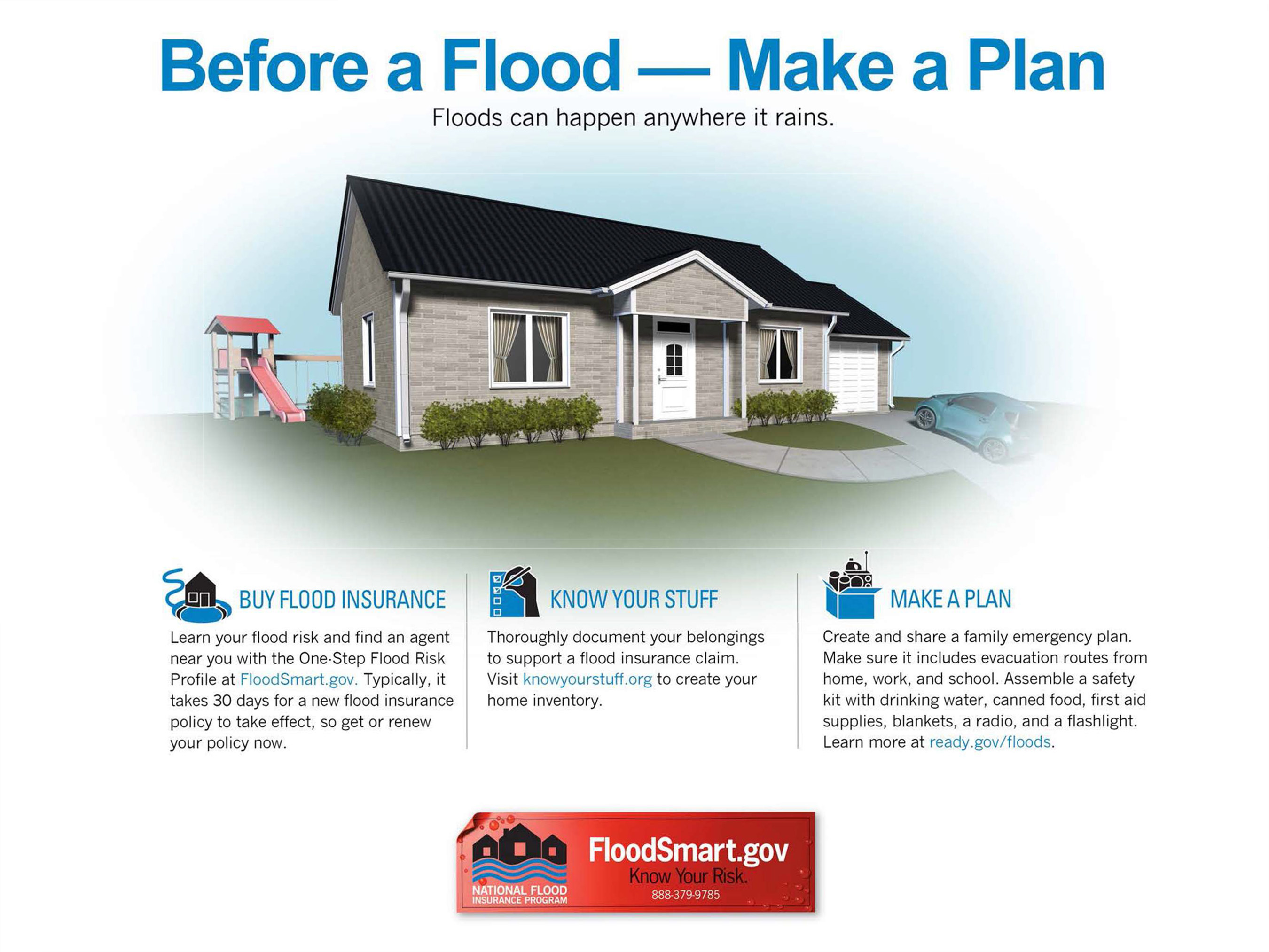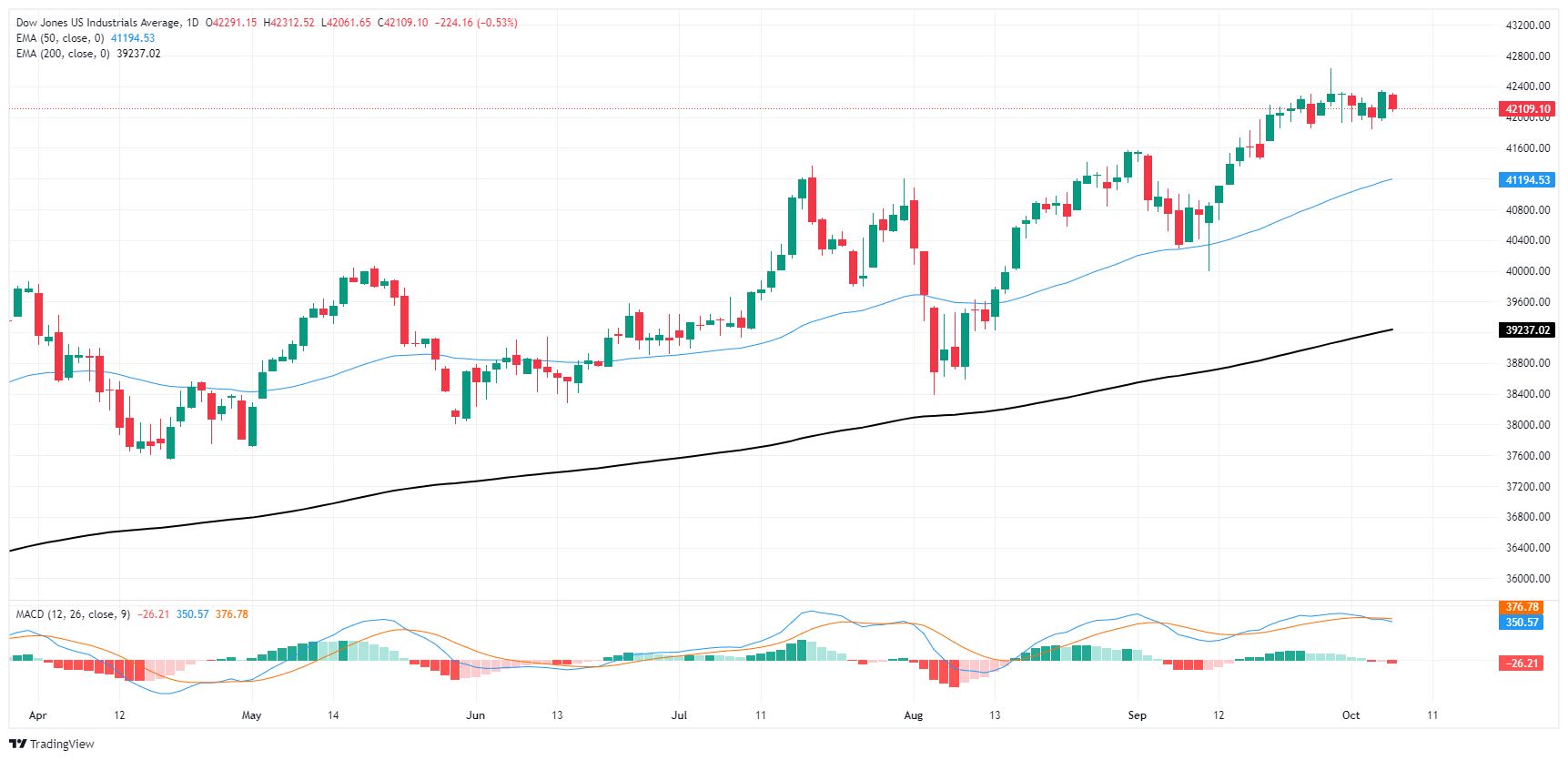Understanding Flash Flood Warnings: A Guide To Safety And Preparedness

Table of Contents
Recognizing the Signs of an Impending Flash Flood
Flash floods are rapid, sudden floods that occur within a short period, often with little to no warning. Unlike regular floods, which develop gradually over days or weeks, flash floods can transform a normally dry area into a raging torrent in mere minutes. Recognizing the signs of an impending flash flood is paramount to your survival. Key flash flood signs and flash flood indicators include:
- Rapidly rising water levels: Pay close attention to rivers, streams, and creeks. A sudden and dramatic increase in water levels, even in normally shallow areas, is a major flash flood indicator.
- Heavy or persistent rainfall: Intense rainfall, especially over a short period, significantly increases the risk of flash flooding. Keep an eye on weather reports and pay attention to rainfall intensity.
- Sudden water surges in normally dry areas: If you see water accumulating quickly in areas that are usually dry, this is a serious warning sign. This rapidly rising water can be incredibly dangerous.
- Nearby dam or levee failure: If you live near a dam or levee, be aware that failure can lead to a catastrophic flash flood. Stay informed about the structural integrity of these systems.
- Local news alerts and official warnings: Pay close attention to weather reports, emergency broadcasts, and official warnings disseminated through various channels. These alerts provide crucial information about potential flash flood threats.
The speed and unpredictable nature of flash floods are what make them so dangerous. Don't underestimate the power of water; even a seemingly small amount of rapidly rising water can quickly become a life-threatening situation.
Understanding Flash Flood Warnings and Alerts
Understanding the difference between a flash flood watch, warning, and advisory is critical. These alerts are issued by meteorological agencies to inform the public about the potential for flash flooding:
- Watch: A flash flood watch means conditions are favorable for flash flooding. This isn't a cause for immediate panic, but it's a crucial signal to stay informed, monitor weather conditions closely, and be prepared to take action if necessary.
- Warning: A flash flood warning signifies that flash flooding is occurring or is imminent. This is a serious alert. You must take immediate action to protect yourself and your loved ones.
- Advisory: A flash flood advisory indicates that flash flooding is possible. While the risk is lower than with a warning, you should still be aware of the potential hazards and monitor the situation carefully.
These alerts are disseminated through various channels:
- NOAA Weather Radio: This dedicated weather radio provides continuous broadcasts of weather information, including flash flood warnings and advisories.
- Local news channels (TV and radio): Local news outlets frequently provide up-to-the-minute weather updates and flash flood warnings.
- Wireless Emergency Alerts (WEA) on cell phones: These alerts are pushed directly to your phone, providing immediate notification of impending danger.
- Official weather apps (e.g., AccuWeather, The Weather Channel): Many weather apps provide detailed forecasts, including flash flood alerts, and often feature real-time radar imagery.
It's crucial to utilize multiple warning sources to ensure you receive timely and reliable information.
Creating a Flash Flood Preparedness Plan
Proactive planning is key to surviving a flash flood. A well-defined flash flood preparedness plan will significantly reduce your risk. Your plan should include:
- Identify evacuation routes: Know multiple routes to higher ground in case your primary route is blocked by floodwaters.
- Designate a meeting place: Establish a designated location where family members can reunite after a flash flood.
- Prepare an emergency kit: Your kit should include water, non-perishable food, a first-aid kit, important documents (in waterproof containers), flashlights, batteries, and any necessary medications.
- Know how to turn off utilities: Learn how to shut off gas, water, and electricity to your home in case of flooding.
- Make arrangements for pets: Plan for the evacuation or safekeeping of your pets.
Having flood insurance is also crucial. Flood insurance can help cover the costs of damage to your property and possessions, easing the financial burden after a devastating flash flood.
Staying Safe During a Flash Flood
The most critical aspect of flash flood safety is immediate action when a warning is issued.
- Evacuate immediately: When a flash flood warning is issued, evacuate to higher ground without delay. Do not wait to see if the flood will affect you.
- Never drive or walk through floodwaters: Floodwaters can be deceptively powerful and deep. Even a few inches of water can sweep a person or vehicle away.
- Move to higher ground: Seek refuge on higher ground, ideally in a sturdy building.
- If trapped, seek refuge on the roof or upper floors: If you become trapped, climb to the highest point possible and signal for help.
- Contact emergency services: If you need assistance, contact emergency services immediately.
Post-Flash Flood Actions
Even after the floodwaters recede, there are still crucial steps to take:
- Avoid floodwaters: Floodwaters may contain dangerous contaminants, so avoid contact.
- Report any damage: Report any damage to your property or infrastructure to your local authorities.
- Check for structural damage: Thoroughly inspect your home for any structural damage that may compromise its safety.
- Contact your insurance company: Contact your insurance company to report any damage and begin the claims process.
Conclusion
Understanding flash flood warnings is not just about knowing the signs; it's about proactive planning and immediate action. By familiarizing yourself with the warning systems, creating a comprehensive preparedness plan, and knowing how to respond during and after a flash flood, you significantly increase your chances of staying safe. Don't wait for a flash flood warning to act; take steps today to protect yourself and your family. Learn more about flash flood warnings and develop your personal safety plan now.

Featured Posts
-
 Lauryn Goodmans Relocation To Italy A Shocking Development Following Kyle Walkers Ac Milan Transfer
May 25, 2025
Lauryn Goodmans Relocation To Italy A Shocking Development Following Kyle Walkers Ac Milan Transfer
May 25, 2025 -
 Monaco Vs Nice Le Groupe Convoque Pour La Reception
May 25, 2025
Monaco Vs Nice Le Groupe Convoque Pour La Reception
May 25, 2025 -
 Kyle Walkers Wife Annie Kilner Seen Out And About After Husbands Night Out With Mystery Women
May 25, 2025
Kyle Walkers Wife Annie Kilner Seen Out And About After Husbands Night Out With Mystery Women
May 25, 2025 -
 Models Partners Posts After Night Out With Kyle Walker Raise Questions
May 25, 2025
Models Partners Posts After Night Out With Kyle Walker Raise Questions
May 25, 2025 -
 Dow Jones Cautious Uptrend Positive Pmi Data Provides Support
May 25, 2025
Dow Jones Cautious Uptrend Positive Pmi Data Provides Support
May 25, 2025
